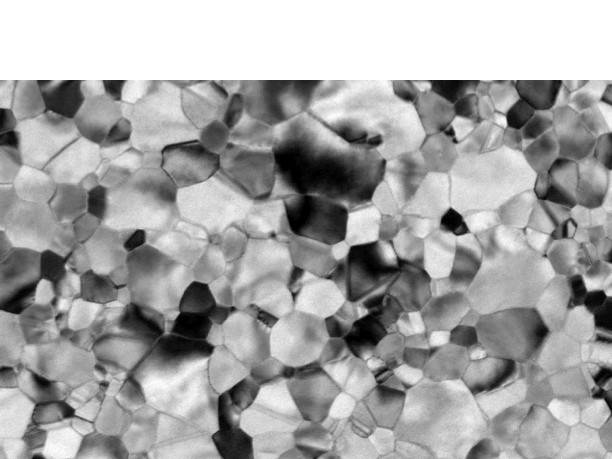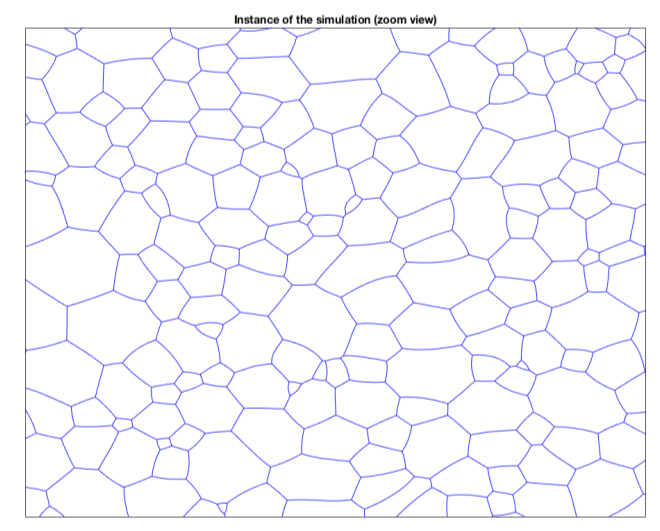Yekaterina Epshteyn and Colleagues Win Prestigious NSF DMREF Award

Yekaterina Epshteyn
Yekaterina Epshteyn, Professor of Mathematics at the University of Utah, and her colleagues, Katayun Barmak, Philips Electronics Professor of Applied Physics and Applied Mathematics and Materials Science and Engineering, at Columbia University, Professor Chun Liu, Department of Mathematics, Illinois Institute of Technology, and Professor Jeffrey Rickman, Department of Materials Science and Engineering and Department of Physics, Lehigh University, have won a four-year $1.8 million award from the National Science Foundation (NSF) in the program category Designing Materials to Revolutionize and Engineer our Future (DMREF). DMREF is the primary program by which NSF participates in the Materials Genome Initiative (MGI) for Global Competitiveness, which recognizes the importance of materials science and engineering to the well-being and advancement of society.
The award will fund research to integrate grain growth experiments, data analytics, simulation, and theory. The grant is jointly funded by the Division of Mathematical Sciences and the Division of Materials Research.
"Our team is extremely happy and grateful for the support provided by the NSF DMREF award," said Epshteyn. "We're thrilled to further pursue our interdisciplinary research, contribute to the training of the next-generation materials science and mathematics workforce, as well as work towards increasing diversity and broadening participation within STEM."
Epshteyn received a Ph.D. from the University of Pittsburgh, held a three-year NSF-RTG (Research Training Group) postdoctoral fellow position at the Department of Mathematical Sciences and the Center for Nonlinear Analysis at Carnegie Mellon University, and joined the U's Math Department in 2010.
About the research
Most technologically useful materials are polycrystalline microstructures composed of a myriad of small monocrystalline grains delimited by grain boundaries. An understanding of the evolution of grain boundaries and associated grain growth (coarsening) is essential in determining the properties of materials across multiple scales. Despite tremendous progress in formulating microstructural models; however, current descriptions do not fully account for various grain growth mechanisms, detailed grain topologies, and the effects of different time scales on microstructural evolution. As a result, conventional theories have limited predictive capability.

The goal of the project is to develop a predictive theory of grain growth in polycrystalline materials through the construction of novel, closely integrated data-driven numerical simulation and mathematical modeling, combined with data analytics, analysis, and a set of critical experiments. This interdisciplinary project, requiring the complementary expertise of applied mathematicians and materials scientists, is firmly aligned with the MGI. The new knowledge and tools that will emerge from the project will have a profound impact on the performance and reliability of polycrystalline materials used in many technologically useful systems and structures, thereby expediting advanced materials development and deployment. Predictive computational algorithms and data will be made available and accessible to other researchers.
Grain growth is a very complex process and may be viewed as the anisotropic evolution of a large metastable network. One of the main thrusts of the project will be to uncover possible stochastic processes that define the evolution of various statistical measures of grain growth, discover relations among them, and establish links to materials properties. Results from structure-preserving numerical simulations, alongside critical sets of experiments and new experimental data, will be in-valuable in navigating the modeling and analysis.
Figure 1: experimental microstructure: bright-field transmission electron
micrograph of a polycrystalline platinum (pt) film from an instance on an in-situ
experiment
The project will also create and employ specific data analysis techniques for the
study of dynamic evolution of grains in experimental and computational systems with
the goal of validating and further refining the microstructural models. This component
of the project will lead to the development of new materials informatics methods;
innovative stochastic differential equations/differential equations models of grain
growth; new mathematical and numerical analysis techniques for coarsening systems,
as well as improved computational tools.

The results of combined data analytics, modeling, and analysis will be used to guide
the design of subsequent experiments. Experimentally, grain growth will be examined
in prototypical metallic thin films. As most elemental metals and many metallic alloys
have cubic structures, the proposed studies will have broad applicability.
Figure 2: microstructure from simulation: example of a time instance during the simulated evolution of a cellular (grain boundary) network
